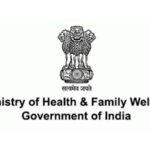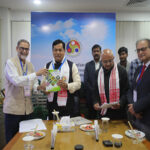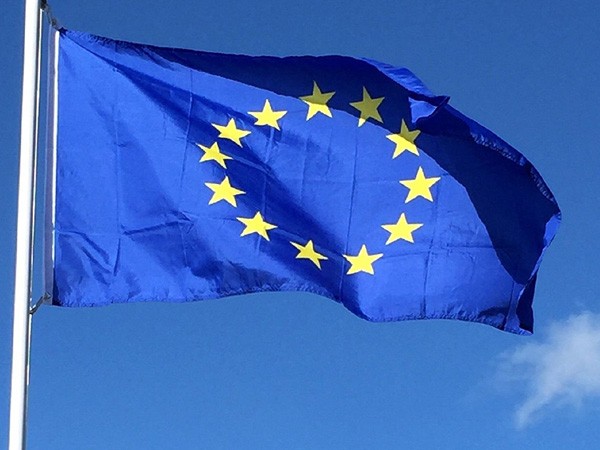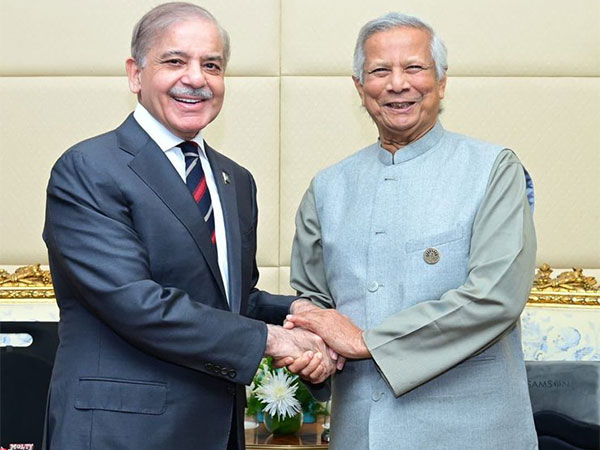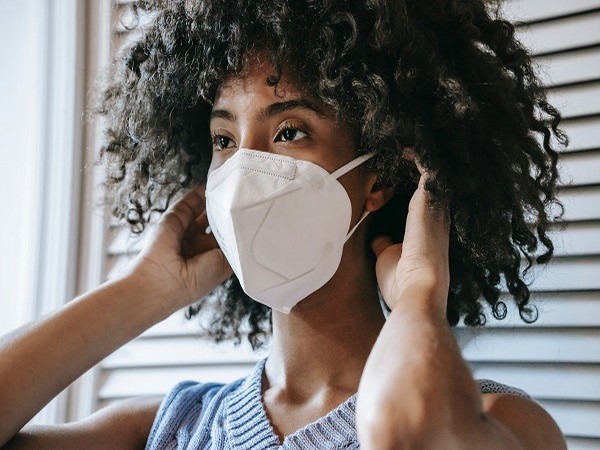
Washington [US], January 16 (ANI): A new research has revealed that COVID-19 transmission can be substantially reduced by reducing infected aerosol and droplet emission in conjunction with hygiene, distancing, and contact tracing, mask-wearing, particularly by infectious individuals.
Because mask-wearing is most effective when compliance is high, researchers have endorsed the use of mask requirements by governments and other organisations, according to a perspective recently published in the Proceedings of the National Academy of Sciences (PNAS) of the United States of America.
A multidisciplinary team of researchers referenced the work of Malaysian doctor Dr Wu Lien Teh who led a successful fight to suppress a plague outbreak in Harbin in northeast China in 1910, with face masks as one of his weapons.
Wu Lien Teh’s work to control the 1910 Manchurian Plague has been acclaimed as “a milestone in the systematic practice of epidemiological principles in disease control”, in which Wu identified the cloth mask as “the principal means of personal protection.”
Although Wu designed the cloth mask that was used throughout most of the world in the early 20th century, he pointed out that the airborne transmission of plague was known since the 13th century, and face coverings were recommended for protection from respiratory pandemics since the 14th century.
Wu reported on experiments that showed a cotton mask was effective at stopping airborne transmission, as well as on observational evidence of efficacy for health care workers. Masks have continued to be widely used to control the transmission of respiratory infections in East Asia through to the present day, including for the Covid-19 pandemic.
A review of literature by researchers including Jeremy Howard and Reshma Shaikh offers evidence in favour of widespread mask use as source control to reduce community transmission: Nonmedical masks use materials that obstruct particles of the necessary size; people are most infectious in the initial period post-infection, where it is common to have few or no symptoms; nonmedical masks have been effective in reducing transmission of respiratory viruses, and places and time periods where mask usage is required or widespread have shown substantially lower community transmission.
The available evidence suggests that near-universal adoption of nonmedical masks when out in public, in combination with complementary public health measures, could successfully reduce the rate of infection and thereby reducing community spread if such measures are sustained.
Models suggest that public mask-wearing is most effective at reducing the spread of the virus when compliance is high, the review said with reviewers recommending that mask use requirements are implemented by governments, or, when governments do not, by organizations that provide public-facing services.
“Such mandates must be accompanied by measures to ensure access to masks, possibly including distribution and rationing mechanisms so that they do not become discriminatory. Given the value of the source control principle, especially for presymptomatic people, it is not sufficient for only employees to wear masks; customers must wear masks as well,” it noted.
It is also important for health authorities to provide clear guidelines for the production, use, and sanitization or reuse of face masks, and consider their distribution as shortages allow. Clear and implementable guidelines can help increase compliance, and bring communities closer to the goal of reducing and ultimately stopping the spread of Covid-19. (ANI)





